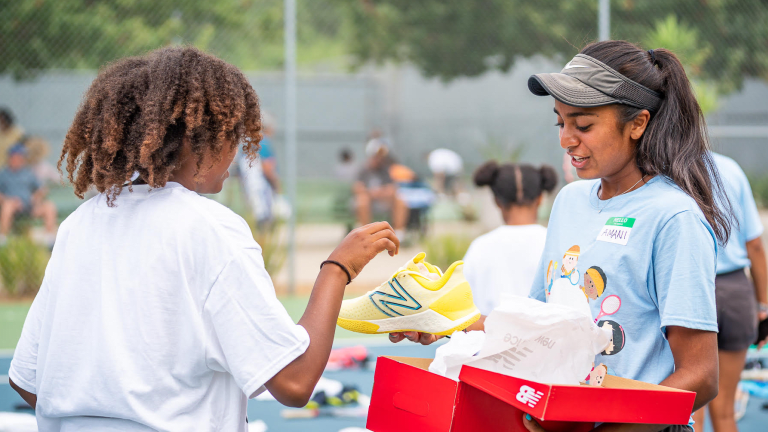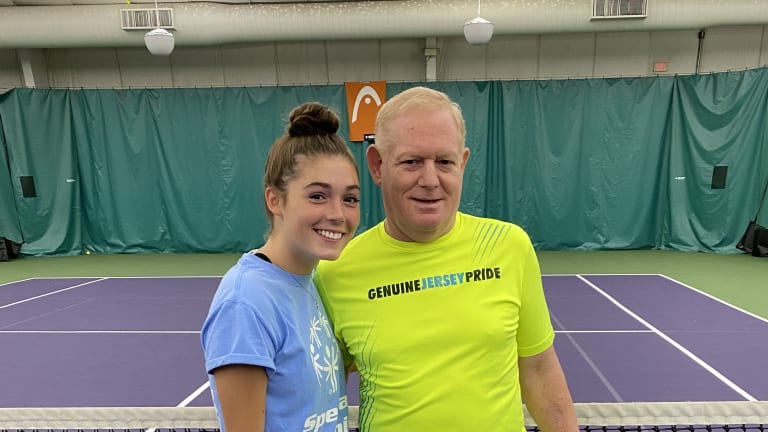When Emma Raducanu and Leylah Fernandez faced off for the US Open title, their unlikely meeting injected excitement and vigor to those inside Arthur Ashe Stadium and to those watching on screens around the world. For the first all-teenage Grand Slam final in 22 years provided an uplifting outlook on the future of tennis—and the capable caretakers that can drive it forward in a period defined by restrained realities.
Away from Flushing Meadows, the youth movement is captivating well beyond forehands and backhands, as emerging leaders in communities across the United States have not let the COVID-19 pandemic halt their aspirations. Take Amani and Ayanna Shah of San Diego, Calif. The two junior players traveled to Mexico in the summer of 2019 to visit a project started by one of their first tennis coaches, Eduardo Sanchez.
In witnessing the impact of free tennis programming to the children of the Tecate community, the sister duo was moved by Sanchez’s work to scale up. Their concept: a youth-run non-profit redistributing lightly used equipment to kids in underserved areas globally. The name, fitting as ever: Second Serve.
“Tennis has long had an imaginary barrier surrounding it, being deemed an elitist, ‘gentleman’s’ sport with high costs to play,” says Amani Shah. “While there has been great progress with this at a professional level, it is our goal to replicate that progress at a grassroots level. Involvement in sport can bring children unparalleled joy, while also reducing childhood obesity, giving latchkey children a positive community to be a part of, and boosting academic performance.
“Through Second Serve, we want to make sure everyone gets the chance to play all around the world.”


